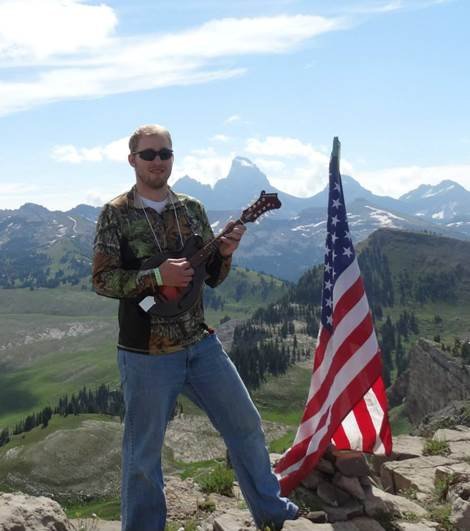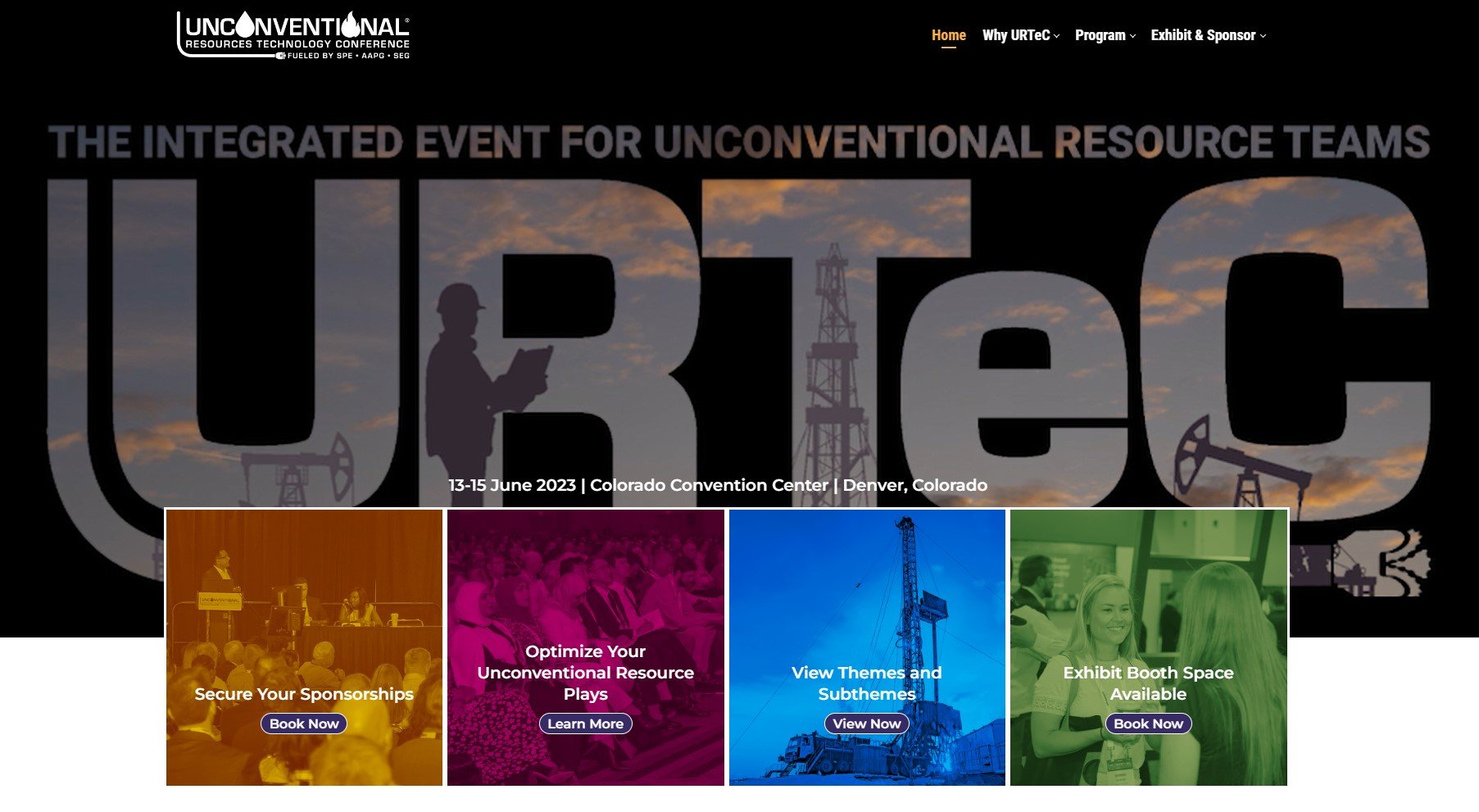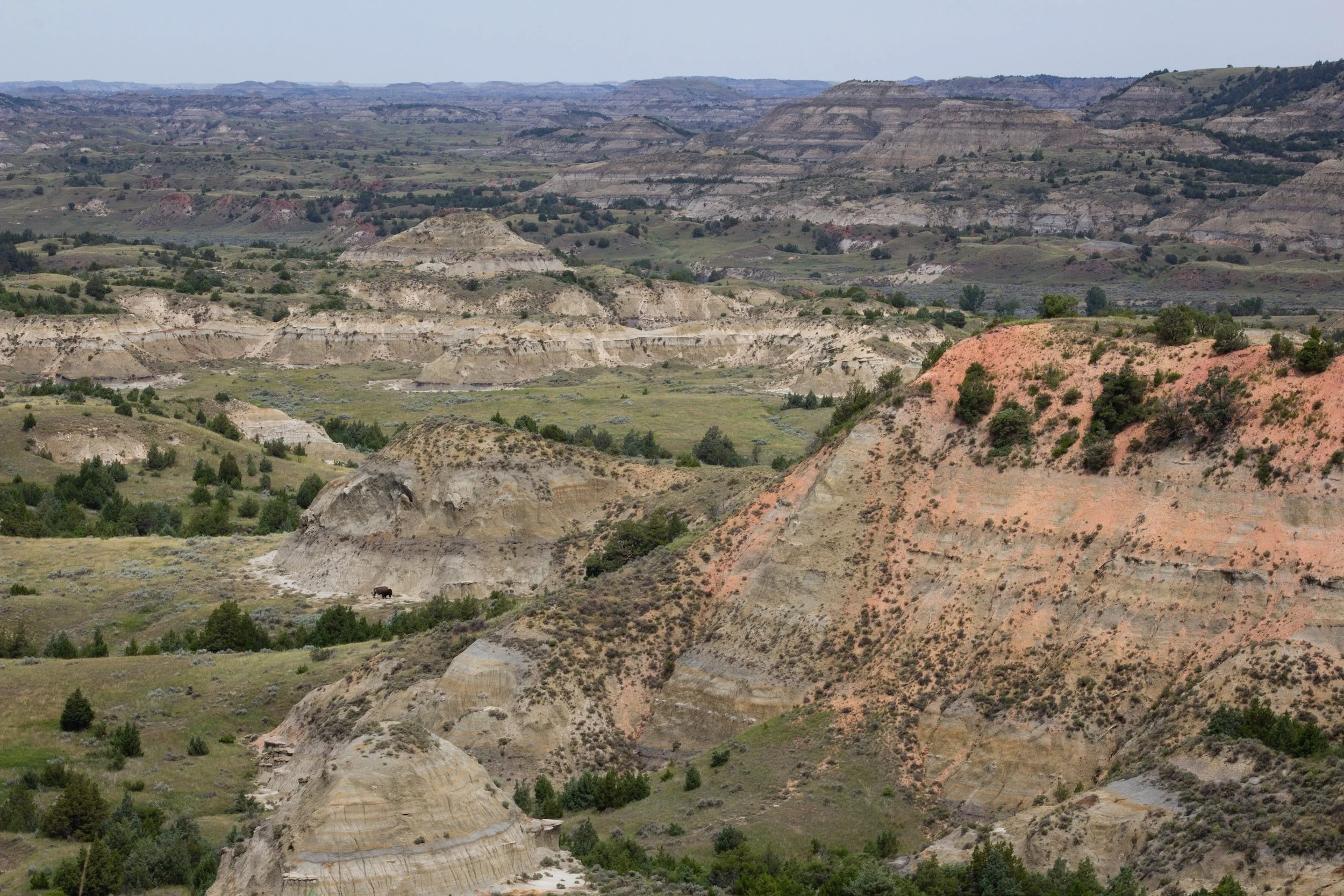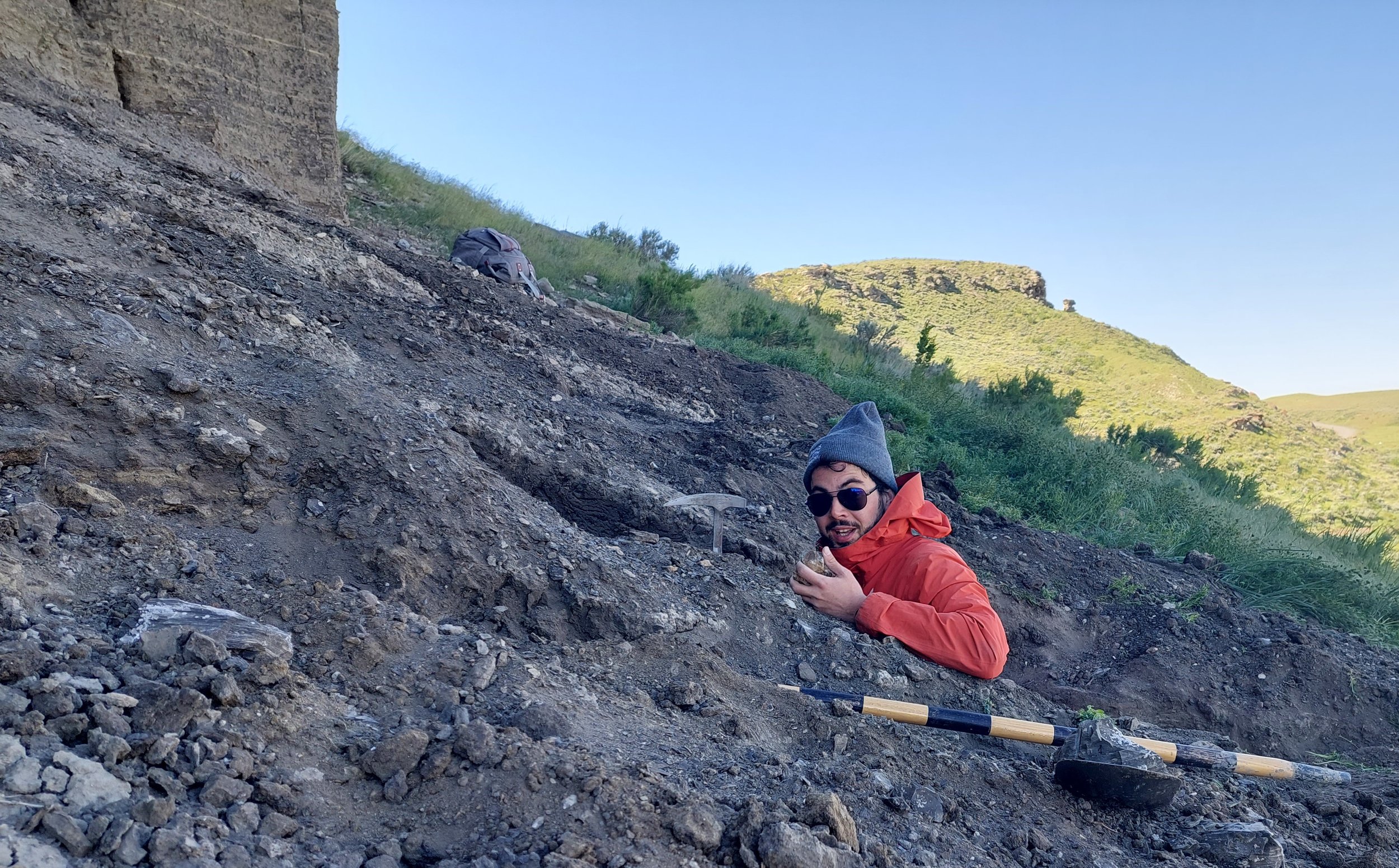
Luncheon Lecture: April 30th-Kira Timm
The Niobrara Formation – organic matter enrichment in proximal highstand and distal lowstand deposits
Dr. Kira Timm
USGS Central Energy Resources Science Center
Abstract:
The Late Cretaceous Niobrara Formation represents one of the Western Interior Seaway’s major transgressive-regressive cycles, containing within it four third-order cycles. As a regionally extensive formation, lithology changes laterally and stratigraphically, dependent upon intrabasinal and extrabasinal sediment source. In areas distal to the Sevier highlands, lithologies contain greater intrabasinal input, consisting of peloidal chalks composed of coccolithophores, foraminifera, and other calcareous bioclasts. Proximal lithologies contain greater extrabasinal input and consist of peloidal carbonates in an argillaceous-silicious matrix.
The proximal Sand Wash and Washakie Basins contain Niobrara deposits from the foredeep. Here organic matter (OM) enrichment occurred in calcareous mudstones deposited during highstand conditions with marine OM primarily tied to calcareous peloids and terrestrial OM matter contained within the argillaceous-silicious matrix. Within the Denver Basin’s distal ramp environments, OM enrichment occurred in lowstand marls. Despite different eustatic conditions, the organic-rich formations are mineralogically similar, consisting of mixed carbonate mudstones.
Petrographic analysis indicates transport of OM with mineralogical components prior to deposition and preservation. During highstands, the proximal foredeep received less detrital input, less bottom water oxygenation, and westward transport of calcareous peloids and OM. In the distal ramp, oxic bottom water conditions reduced OM preservation. During lowstands, high detrital input into the foredeep buried but diluted OM. On the distal ramp, OM was transported eastward with hyperpycnal clays into dysoxic to anoxic bottom waters resulting in excellent OM preservation. While pelagic deposition is implicit in intrabasinal deposits, sedimentary structures and OM-mineralogic connection implies reworking and transport within the Niobrara.
Biography:
Kira Timm is a geologist with the U.S. Geological Survey working on the National and Global Assessment team in Lakewood, Colorado. Her research focuses on the Cretaceous strata of the Rocky Mountain region, with an emphasis in mudstone geology and petrography. In addition to research and hydrocarbon assessments, Kira runs one the of the USGS microscope labs where she enjoys the little things in life. Though not a Colorado native, she has been a Colorado geologist since moving to Denver in 2012 and obtaining her PhD in petroleum geology at the Colorado School of Mines in 2018.
Registration is open until 10:00 am, Friday prior to Event
This is an in-person and online event!
The cost is $30.00 for current members and $40.00 for non-members. Web only Zoom registration is $10.00 ($5.00 for students). Unemployed individuals may sign up for lunch for just $20.00. Students may sign up for lunch for $20.00. Persons who do not wish to have lunch are welcome for a $20.00 fee. Walk-ins may purchase a lunch for the standard fees ($30.00 or $40.00) although quantities are limited. Walk-ins without a lunch are charged a $15.00 fee.
Please submit reservations by 10:00 a.m. the Friday before the talk.
Reservations may be secured online or by e-mail at information@rmssepm.org































